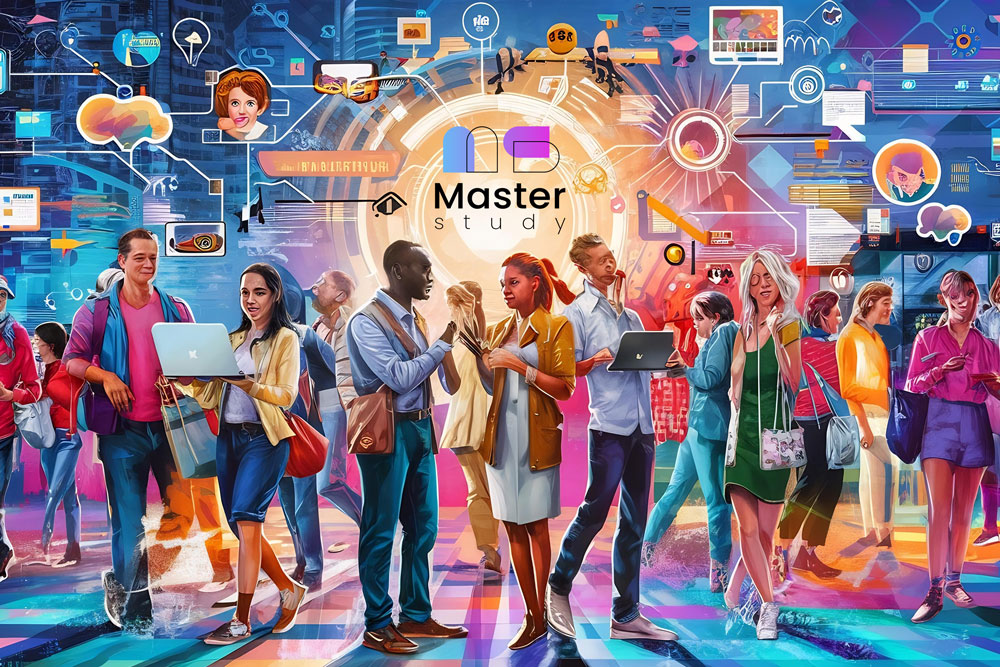Humans rely on vision more than any other sense to understand their environment. What if we could give machines that same superpower? That’s the promise—and the reality—of computer vision.
Computer vision is a vital field within Artificial Intelligence (AI) that enables machines to interpret and make decisions based on visual input, including photos, videos, and even live camera feeds. It's what makes facial recognition work, helps self-driving cars avoid collisions, and allows robots to interact with their surroundings.
In this blog, Master Study AI offers a deep, practical introduction to computer vision: how it works, what it powers, and how you can begin learning it today.


